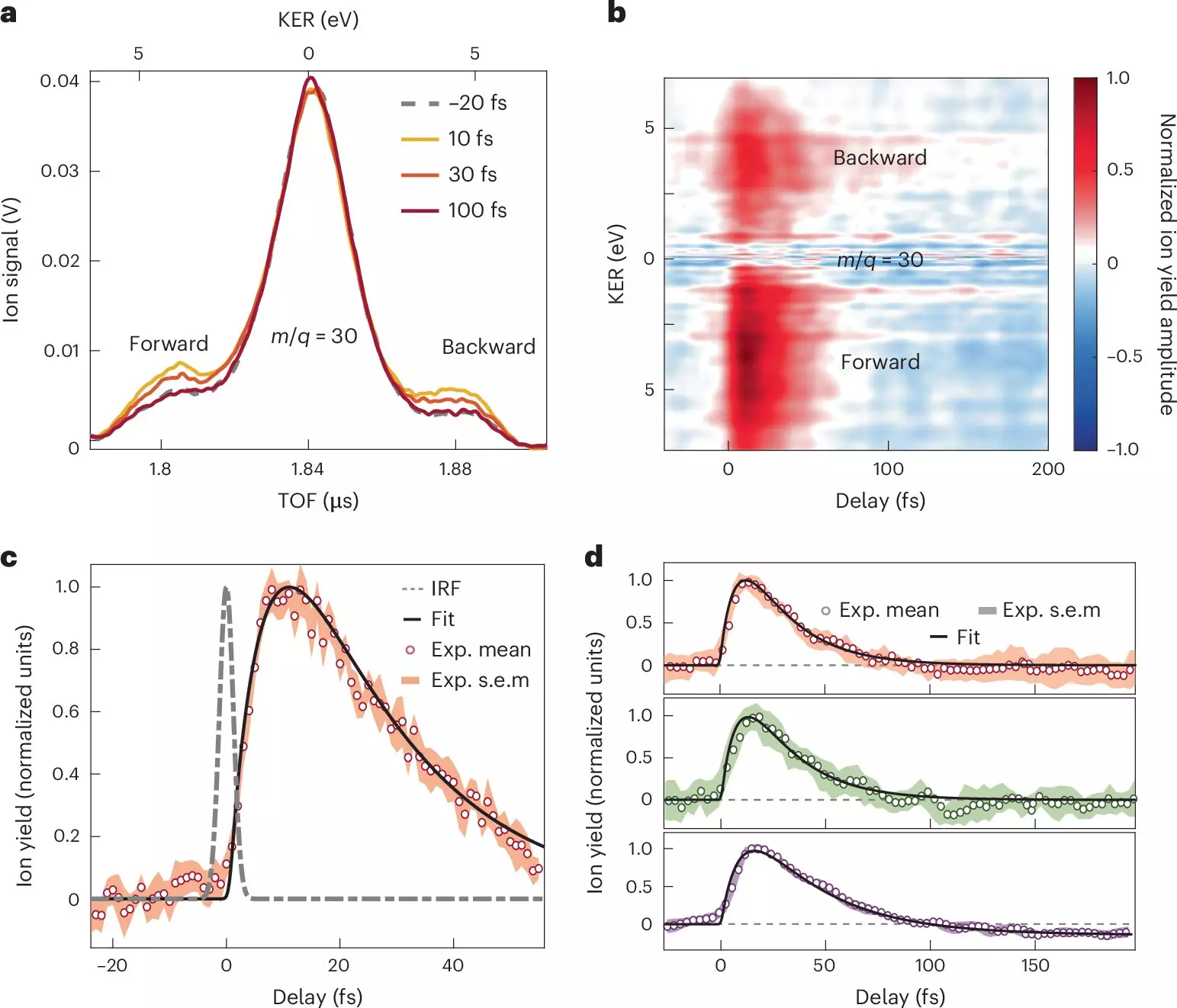In nature’s complex systems, the phenomenon of photosynthesis serves as a critical process that not only sustains plant life but also forms the foundation for energy transfer in various biological entities. Mirroring this biological brilliance, solar panels harness the power of sunlight through photovoltaics to generate electrical energy. Both these processes are fundamentally underpinned by electron movement and the transfer of charges, revealing the molecular intricacies that govern energy conversion in living organisms and artificially devised technologies. The fascinating motion of electrons within molecules responding to absorbed light introduces a realm of ultrafast phenomena that hold great significance in understanding the mechanisms that facilitate energy transformations.
At the heart of these processes is the rapid redistribution of electronic density, a phenomenon that unfolds at the quantum level. This charge transfer, while essential to both biological and artificial systems, occurs on timescales so brief that they challenge our understanding of classical physics. Scientific advancements have led to the development of sophisticated measurement techniques that allow researchers to delve into the temporal nuances of these events. The capacity to observe electron dynamics with a fine temporal resolution opens avenues for not only grasping the fundamental aspects of photoinduced electron transfer but also for engineering molecules with tailored properties aimed at improving energy transfer efficiencies.
Recent research has ventured deeper into the dynamic interaction between electrons and molecular structures, propelled by the advent of attosecond extreme-ultraviolet (XUV) pulses. These cutting-edge techniques, utilized by scientists at esteemed institutions such as the Politecnico di Milano and the Madrid Institute for Advanced Studies in Nanoscience, allow for the real-time observation of molecular responses to photoionization—a process that occurs in mere femtoseconds to attoseconds. Despite the tremendous strides in the field, a comprehensive understanding of the minute details surrounding the initial steps of charge transfer following photoexcitation remains elusive.
A notable contribution to this field is the pioneering study published in *Nature Chemistry*, where researchers explored the ultrafast dynamics of nitroaniline molecules. By employing a state-of-the-art combination of attosecond XUV-pump and few-femtosecond infrared-probe spectroscopy, the team achieved unprecedented precision in monitoring electron transfer processes. Their work called attention to the intricate coupling of electrons and molecular nuclei, establishing significant correlations that govern electronic and structural changes during charge transfer.
The groundbreaking findings from this research reveal a striking temporal sequence in the electron donation mechanism. The electron transfer from the amino group, acting as a donor, transpires within less than 10 femtoseconds. This rapid event is closely accompanied by the synchronized movement of the nuclei, marking the beginning of a relaxation process that unfolds over a sub-30-femtosecond timescale. Such temporal resolution provides insights into how nuclear motion influences electronic transitions, particularly in donor-acceptor systems following photoionization.
This research not only sheds light on the operational epochs of electron transfer but also illustrates the structural transformations occurring as the molecular system seeks a stable state after excitation. By uncovering the timescales involved in charge migration from the donor to the adjacent chemical bond linked with a benzene ring, this work enhances our conceptual grasp of charge dynamics in organic molecules, which previously relied on qualitative diagrams and theoretical notions.
The implications of these findings extend far beyond academic interest; they pave the way for future exploration into various applications, including designing organic materials that optimize charge mobility for use in photovoltaic devices or developing efficient systems for solar energy conversion. This intersection of theorized frameworks and empirical investigation represents a significant leap forward in attosecond science, marking a promising pathway toward integrating quantum phenomena into practical technologies.
In essence, the exploration of ultrafast electron dynamics not only enriches our understanding of quantum mechanics but also opens new avenues for innovation in sustainability and technology. As we continue to scrutinize and uncover the subtleties of molecular interactions at these ultrafast timescales, the potential for harnessing these elusive processes into practical applications becomes more tangible, promising a future where science and technology converge harmoniously.


Leave a Reply